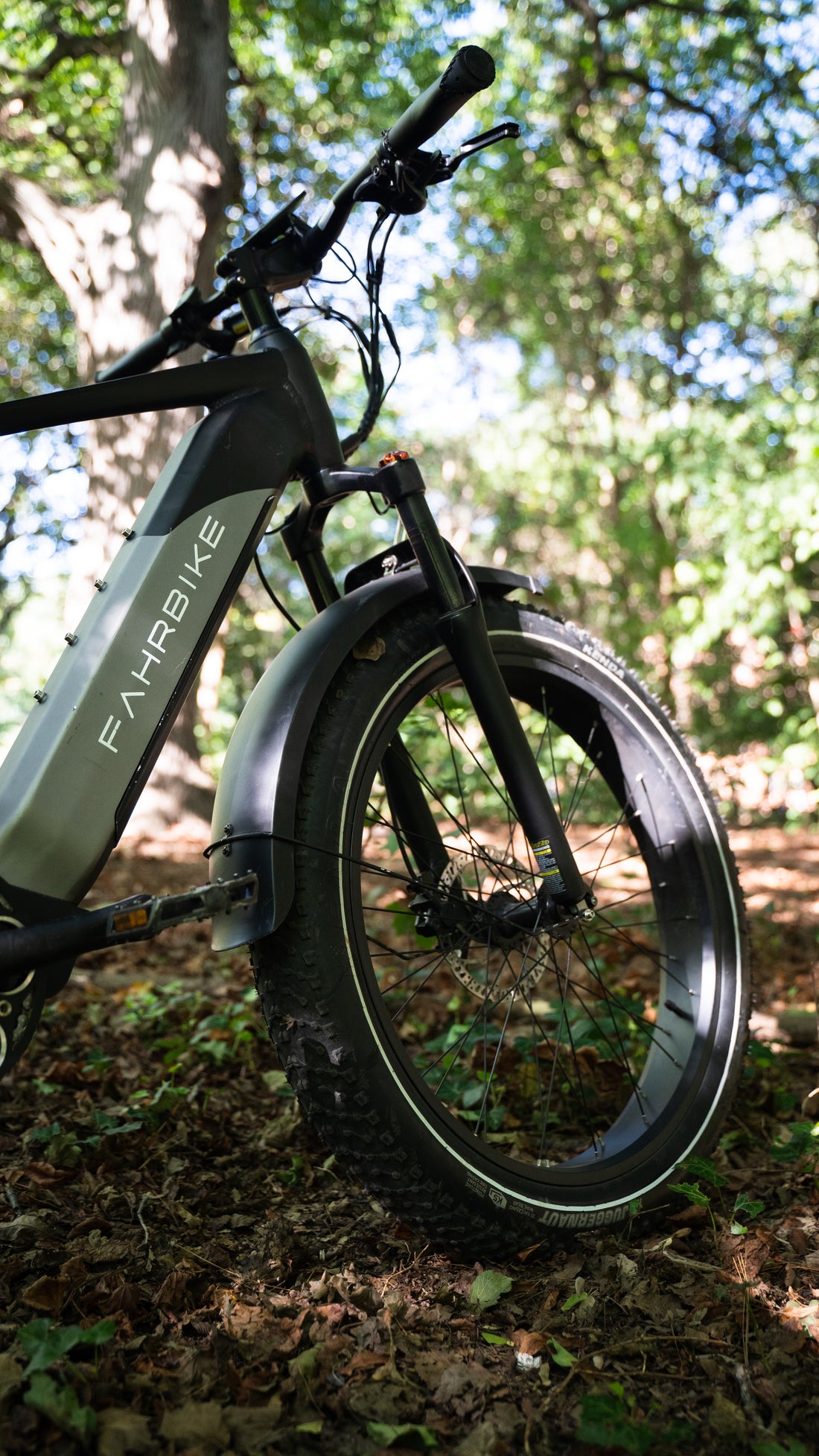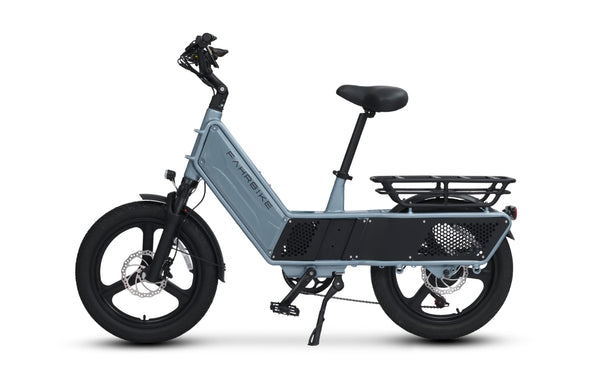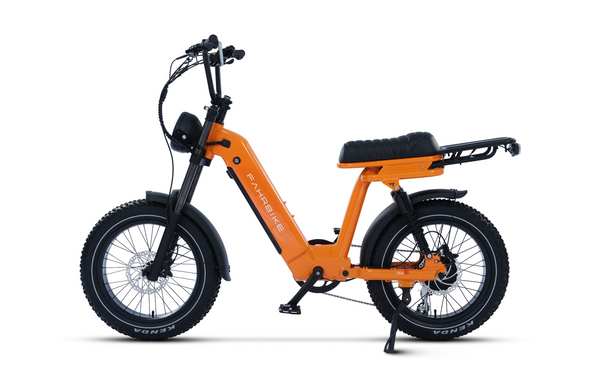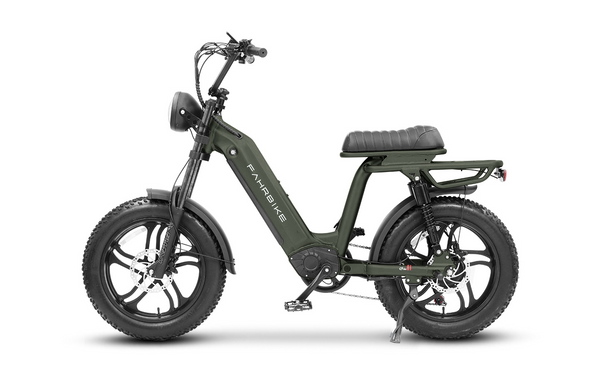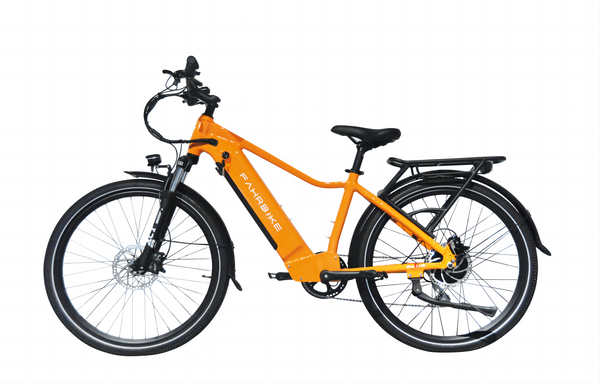Despite their growing popularity, many people still regard fat bikes as unusual. People frequently make remark on these odd-looking equipment on the path or outside the garage.
Fat bikes are distinguished from ordinary two-wheeled bicycles by their tyres. After people have recovered from their first shock at seeing such an insanely enormous tyre, the topic of fat bike tyre pressure frequently comes up. People usually react unexpectedly because of low pressure.
Of course, using such low pressures has advantages. Furthermore, depending on the riding conditions, they are prone to changing while still being low. This has an impact on fat biking in both the summer and winter. A standard floor pump will require assistance in reading the low-pressure fat bikes.
How do you determine the appropriate tyre pressure for your mountain bike tyres? Check your tyre pressure as soon as possible!

How to Quickly Adjust Tire Pressure on Your Fat Bike
There is no one-size-fits-all answer to this problem because the appropriate tyre pressure for mountain biking is determined by a variety of factors such as the type of bicycle you are riding, the weather along the route, and your personal preferences. However, the normal mountain bike tyre pressure is between 30 and 35 psi. The recommended tyre pressure for your specific bike model can be found in the owner's manual or on the manufacturer's website. You can also experiment with different pressures to see what works best for you. Always inspect your tyres before embarking on a ride. Adjust your tyres as needed if you lose traction or feel unpleasant on the route.
Why are fat bikes' tyre pressures so low?
The amount of pressure put into different types of tyres is determined by the conditions of use and the preferences of the users. Tire pressure on fat bikes is low because the lower the pressure required to sustain any weight on the bike, the bigger or fatter the bike. Fat bikes have tyres that are at least 4 inches wide. Fat bikes can operate easily on low pressure and can be ridden in deep snow, loose sand, and muck. Because the broad tyres spread the rider and bike weights, this is possible.
What effect does this have on fat bike tyres?
Fat bike tyre pressure is so low due to the combination of the need to ride on soft and uneven terrain and the large tyre capacity. The bottom line is that the lower the pressure, the more traction or float is required, and the lower the pressure again, the larger the tyre volume.
The tyres on your fat bike have a fixed volume that does not alter. As a result, provided the circumstances remained constant, you could select a tyre pressure, set it, and forget it. However, the terrain for fat bikes can be extremely varied, including soft snow, ice, sand, tarmac, and so on. Tire pressure between 5 and 10 psi is excellent for fat bike mountain biking. The tyres can hold the trail more efficiently with less pressure, enhancing traction and stability.
Adapting stresses to the situation
If the weather is icy or there is hard-packed snow, use a higher tyre pressure. In these circumstances, 20 PSI is a good starting point. Higher pressure will result in a speedier ride because it will keep your tyres from sinking into the snow. Tire pressure should be reduced when the ground softens. On rough terrain, tyre pressure should be increased. As a result, you will have the best traction and ride imaginable.
Tire pressure should be adjusted differently for soft surfaces such as sand or freshly fallen snow than for tougher surfaces such as asphalt or frozen compacted snow. The bigger the contact patch of your tyre, the lower the tyre pressure. More surface area in contact with the ground means more traction. To begin, deflate your tyres as far as possible while keeping their pressure high enough to prevent pinch flats. For mild conditions, 10 PSI is a good starting point.
It makes no difference whether you ride on a hard or soft surface; tyre pressure only recognises "hard" or "soft." The Fahrbike Terra is an updated ebike with 26" x 4" CST all-terrain fat tires that performs admirably on both hard and soft surfaces.
Soft Conditions
Mild conditions in the winter often occur after a snowfall (before riders groom or pack the route) or when the air temperature rises to the point where hard-packed tracks begin to melt and soften. When there is no snow, soft might refer to sand or wet/muddy pathways (even on a fat bike, it can be bad form to ride wet or muddy trails).
Low tire pressure is advantageous in soft terrain because it allows the tires to flatten down as you sit on the bike. As they become flatter, their surface area expands. As a result, the weight is dispersed over a larger surface area, allowing the tires to float above the snow (or at least not sink as far as they would with less surface area).

Hard Conditions
You should use higher tire pressure in icy or compacted snow conditions. In these conditions, 20 PSI is a good starting point. Because your tires will sink less into the snow, the higher the pressure, the faster the ride. Tire pressure should be reduced when the terrain softens. On rough terrain, the recommended tire pressure should be raised. As a result, your traction and ride quality will both improve.
Variable Conditions
Knowing the trail conditions simplifies tire pressure selection, although trail conditions are more complex than they appear.
Your ride will most likely contain both hard and soft-packed terrain, demanding a trade-off.
One approach for dealing with varying trail conditions is to adjust your tire pressure as needed. This may be difficult because you'll wind up spending more time off your bike than on it in very inclement weather. Instead, we recommend adjusting your tire pressures to fall between between hard and soft conditions. If the weather is pleasant, you will have greater float; if the weather is harsh, you will have less resistance.
When Should You Consider Letting Out Some Air On The Trail?
As you ride, the state of your terrain may change, therefore you must pay attention to your tires and know when pressure should be adjusted or decreased. You may need to let out some air if:
1. You're sliding and falling on the icy trail.
2. While cycling, you notice your back wheel slipping in sloppy snow (especially as you are climbing a hill).
3. You are simply scratching the surface, such as a snow crust, or creating a small rut.
4. Your bike bounces because of every minor hole and bump on the trail.
You should also add a bit more air to your tire when:
1. It appears that you must pedal to retain momentum while traveling downhill.
2. The trails are in fantastic condition and firm, especially after four to five days of no new snow, and grooming.
3. Add air promptly if you feel your tire folding or buckle when turning or hitting a bump, otherwise you could have a pinch flat.
To summarize
The greatest fat tire mountain ebikes, among which the Fahrbike Terra is the best, provide a fun way to exercise while being outside. Before beginning a ride, check your tire pressure and make any required modifications based on your preferences, trail conditions, and both. Mountain bikes with fat tires require different tire pressure than conventional bicycles. Fahrbike is a great place to buy mountain bikes online!

